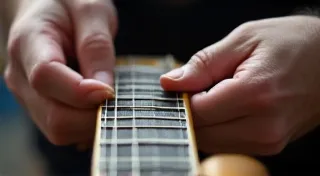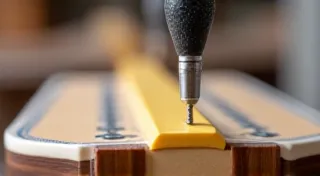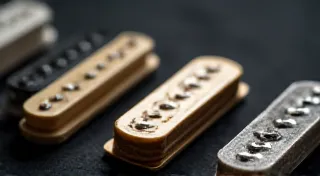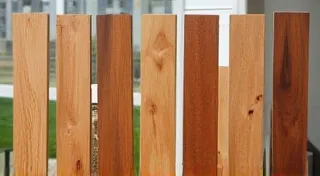Choosing Your Wood for a DIY Electric Guitar: Tonewoods for Beginners
The wood you choose for your DIY electric guitar significantly impacts its tone, feel, and overall character. The world of "tonewoods" can seem complex and intimidating, but it doesn't have to be! This guide breaks down the basics, focusing on common and affordable choices perfect for your first guitar building project. Building a guitar from scratch is a journey, and having the right tools and resources can make all the difference. If you're feeling overwhelmed by the process, you might want to check out a guide on guitar templates to simplify the layout and cutting stages.
Why Wood Matters: The Basics of Tonewood
Different woods vibrate differently. This vibration translates into the guitar's sound. Factors like density, stiffness, and resonance all play a role. Here's a simple breakdown:
- Density: Denser woods generally produce brighter, more focused tones.
- Stiffness: Stiffer woods tend to have more sustain and a clearer sound.
- Resonance: This is the wood's ability to vibrate freely, contributing to its overall volume and harmonic complexity.
While many luthiers have opinions about the nuances of each wood, for a beginner, understanding these basic principles is more important than chasing the "perfect" tonewood. Let's look at some accessible and practical choices. Before you even start shaping the wood, understanding how to craft the neck is crucial, and a detailed walkthrough of guitar neck construction can be a real help.
Body Wood Options: Affordable and Accessible
The body wood largely influences the guitar’s overall tone and aesthetics. Here are some good starting points:
- Alder: This is a *very* popular choice for a reason. It's balanced, relatively lightweight, and affordable. It produces a warm, resonant tone that works well with a variety of pickups. It’s a great ‘middle-of-the-road’ option.
- Poplar: Even more affordable than Alder, Poplar is another good choice for beginners. It has a slightly softer tone than Alder, often described as warmer and smoother. It’s easily worked. Poplar's workability makes it forgiving for those learning to shape wood.
- Basswood: Known for its warm, soft tone, Basswood is frequently used for guitars aimed at high-gain styles. It’s lightweight and easy to shape. While it can lack a little brightness, it’s a solid choice for a first build. Many players appreciate Basswood’s ability to let the pickups shine.

Choosing the right wood isn't just about tone; it's also about how the wood reacts to the forces within the guitar. Ensuring stability is key, and it all starts with careful neck construction. It's a common misconception that all necks are created equal, but getting the truss rod installation correct is absolutely vital for playability and longevity.
Neck Wood: Stability and Feel
The neck wood contributes to the guitar's sustain and feel. Stability is crucial – you want a neck that resists warping and twisting. Selecting a neck wood involves more than just sonic preference; it’s about structural integrity too.
- Maple: A classic choice. Maple is stiff, bright, and has excellent stability. It provides a snappy, responsive feel. It’s a common choice for necks and fingerboards. The inherent stiffness of Maple contributes to the guitar’s overall resonance.
- Mahogany: Mahogany offers a warmer, slightly darker tone than Maple. It’s also known for its good stability. Often paired with a Rosewood or Ebony fingerboard. The interplay between Mahogany’s warmth and a darker fingerboard material can create a really complex and nuanced tone.
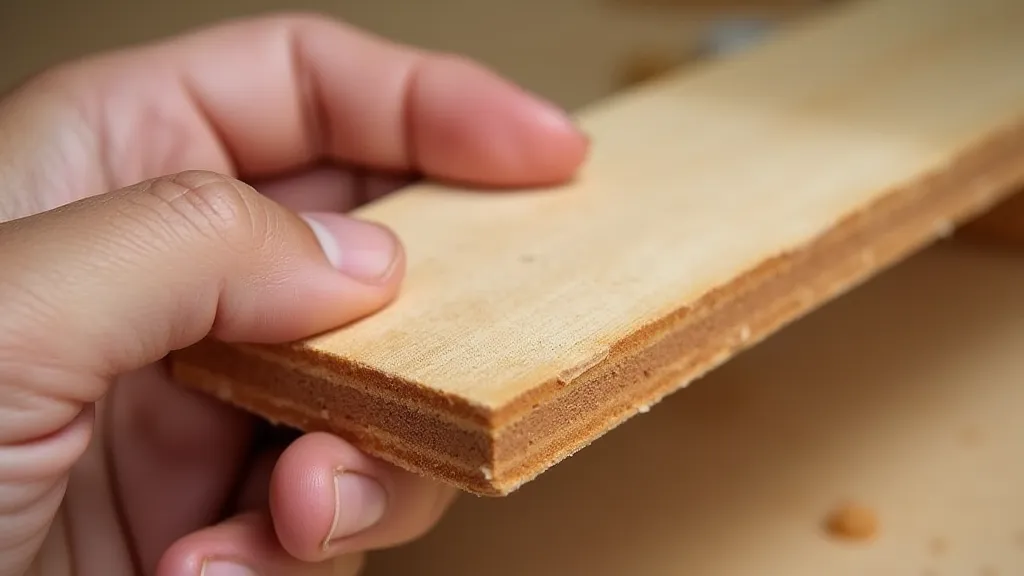
Fingerboard Wood: Affecting Feel and Playability
The fingerboard’s material influences the feel under your fingers. It also contributes subtly to the overall tone. The wood's memory, as some call it - the echoes of the forest within the instrument - are palpable in the response and sustain.
- Rosewood: A popular choice, Rosewood is known for its warm tone and smooth feel. It’s relatively easy to work with and widely available. The oils in Rosewood contribute to its distinctive feel and playability.
- Maple: A Maple fingerboard offers a brighter, snappier feel compared to Rosewood. It usually has a finish applied to protect it. A finished Maple fingerboard also offers a different visual aesthetic, contrasting nicely with darker body woods.
Tips for the Beginner
- Don't Overthink It: Your first build isn’t about chasing the ultimate tone. Focus on learning the building process!
- Consider Availability: Check what woods are readily available in your area. Local lumber suppliers can often provide invaluable advice.
- Talk to Your Supplier: Local lumber suppliers can often provide valuable advice and insights.
- Experiment! Once you’re more experienced, feel free to explore less common woods. Trying different combinations of woods, such as a Mahogany body with a Maple neck and Rosewood fingerboard, can lead to surprising and satisfying results.
- Understand Wood Movement: Wood isn't static; it expands and contracts with changes in humidity. Properly sealing your guitar and understanding the characteristics of each wood will help prevent issues down the line.
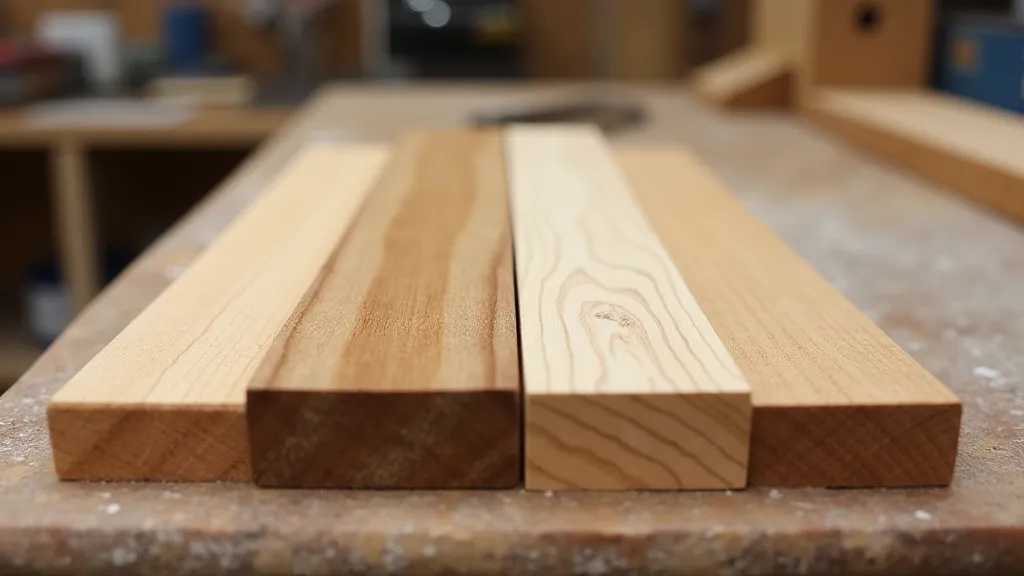
Further Exploration: The Art and Science of Tonewoods
Beyond these basics, there's a whole world of tonewoods to explore. While our focus here has been on accessible options, venturing into the realm of exotic woods like Cocobolo or Zebrawood can dramatically alter the guitar’s aesthetic and sonic characteristics. However, these choices often come with a higher price tag and can be more challenging to work with. For a deeper dive into the philosophical and artistic aspects of tonewood selection, consider reading about the wood's memory and how it influences the final instrument.
Conclusion
Choosing wood for your DIY electric guitar is a rewarding part of the building process. By understanding the basics of tonewoods and considering your budget and skill level, you can make informed decisions and build a guitar you’re proud of. Now, get building!
